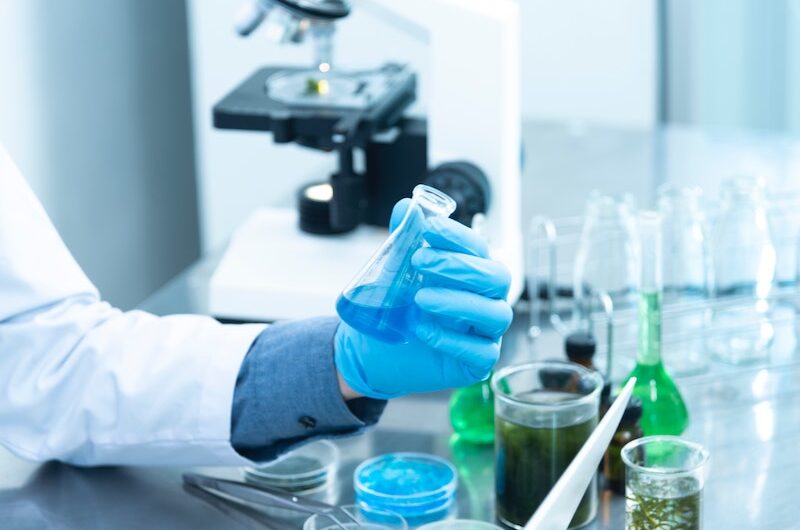Pathology tests, which involve the analysis of bodily samples such as blood, urine, or tissue, are invaluable tools that help healthcare professionals unravel the mysteries of various ailments. In this article, we will delve into the six most common at-home lab tests that play a pivotal role in disease detection, monitoring, and management. These tests are essential components of modern medicine, aiding in the early diagnosis of conditions, tracking treatment progress, and ensuring overall health and well-being..
Pathology Laboratory Test List
Pathology tests are one of the best ways to detect any pathogens in the body causing diseases. Pathology tests are advised by doctors or specialists based on symptoms that the patient may exhibit of pathogen-based infection.
But pathology tests have a wide variety of applications not only limited to identifying diseases but also to finding out issues that relate to the cell and cell structure, proliferation, defects, etc. The same applies to tissues, organs and other genetic matter.
The main purpose of pathology tests is to test the symptoms of a disease and, using them, identify and diagnose a disease in the patient. In fact, pathology tests may help reveal the actual cause of diseases in patients. When it comes to various disorders related to genes and cell mutation, pathology tests may be able to offer reasoning and understanding in such cases.
Pathology tests are of various kinds, and based on the requirement of the patient or the investigation suggested by the doctors, the appropriate pathology tests can be chosen.. Below are some of the basic kinds of pathology tests that are conducted by the pathology labs:
1. Liver panel tests
Liver function tests are the most common liver examination that helps in identifying the various levels of enzymes released by the liver. A surge may indicate liver damage or improper function of the liver.
2. Urinalysis tests
Urinalysis is an important parameter and type of pathogenic test as they help in testing the levels of waste in the urine, and any imbalance may denote infections or kidney function issues.
3. Lipid Panel
Lipid panel helps in identifying potential cholesterol-based issues that may cause damage to organs, especially the heart.
4. Metabolic Panel
This is a basic test that examines the levels of various macro and micronutrients that are essential for organ functioning, such as calcium, sodium, creatinine, glucose etc., all of which help in understanding the effects of treatment and medication taken by the patient
5. Cancer screening tests
encompass a range of diagnostic tools designed to detect cancer at an early, more treatable stage. Some of the most common cancer screening tests include:
- Mammogram: Used for breast cancer screening in women.
- Pap Smear: Primarily for cervical cancer screening in women.
- Prostate-Specific Antigen (PSA) Test: Used for prostate cancer screening in men.
- Colonoscopy: Screens for colorectal cancer.
These tests are essential for early cancer detection, which can significantly improve treatment outcomes and survival rates. Screening recommendations vary by age, gender, and risk factors.
6. Complete blood count (CBC)
Another routine blood test that helps in establishing the levels of blood cells, including RBC, WBC, platelets etc. It helps in identifying potential infections by the imbalance in blood cell count.
Image Source: Pexels
Latest Posts:
- Embrace Effortless Beauty: The Minimalist Makeup Trend
- Beauty on a Budget: How to Look Great for Less
- CBD Skincare: Magic Unlocking Radiance With CBD Infused Products
- 82E Bakuchiol Slip Face Oil Review: Unlocking Radiant Skin Naturally
- The Ultimate Guide to Transitioning to Veganism: Beauty, Nutrition and Wardrobe
- Beauty Supplements Unveiled: Transforming Skin, Nails and Hair
- Time Saving Beauty Hacks for Busy Schedules: Look and Feel Your Best
- 10 Compelling Reasons to Make Shapewear Your Wardrobe Essential
- Gender-Neutral Fashion: Breaking Traditions, Embracing Diversity





